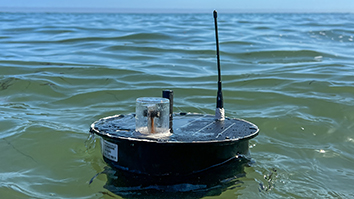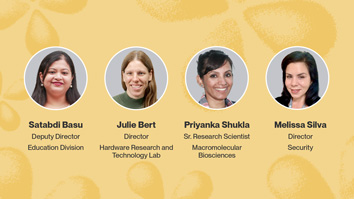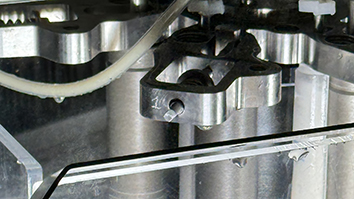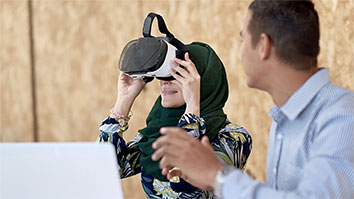Press
-

SRI researchers develop rugged, low-cost, drifting sensors to learn more about the oceans
PEARL drifters pack an array of sensors into a compact autonomous device to gather data and signs of activity.
-

An SRI collaboration aims to improve online education for college students
The Postsecondary Teaching with Technology Collaborative aims to strengthen teaching and learning, improve student outcomes, and reduce societal gaps.
-

Exploring the American Dream: A Lively Discussion on Innovation and Progress
Watch the video: A conversation with SRI’s David Parekh and David Leonhardt of the New York Times.
-

Patrick Lincoln named new President of SRI’s Information & Computing Sciences division
The industry veteran and SRI Fellow brings deep knowledge across an array of technical disciplines.
-

Laura Atleski Magda: Making clinical research accessible for all
The director of SRI’s Clinical Trials Unit explores how increased access to clinical research can improve public health.
-

Charles “Charlie” Mathis joins SRI’s board of directors
Mathis brings decades of experience in finance and accounting and U.S. government contracting with both public and private companies.
-

SRI Honors Women’s Progress: Paying Tribute to Women’s History Month
We foster environments where women can innovate, lead, and contribute.
-

SRI’s AI-driven voice analysis could help screen for mental health conditions
Researchers at SRI are developing tools to help clinicians keep a close eye on depression, PTSD, and other mental health issues.
-

SRI Highlights Women’s Narratives: Acknowledging Women’s History Month
We foster environments where women can innovate, lead, and contribute.
-

SRI develops a new system that can spray liquids that others can’t
A new spray-drying technology could cut high energy costs and increase efficiency across large industries.
-

SRI Recognizes Women’s Contributions: Celebrating Women’s History Month
We foster environments where women can innovate, lead, and contribute.
-

SRI builds an AI-enabled system that guides users through complex physical tasks
Wearable cameras and microphones enable the system to provide feedback through voice, text, and graphics.